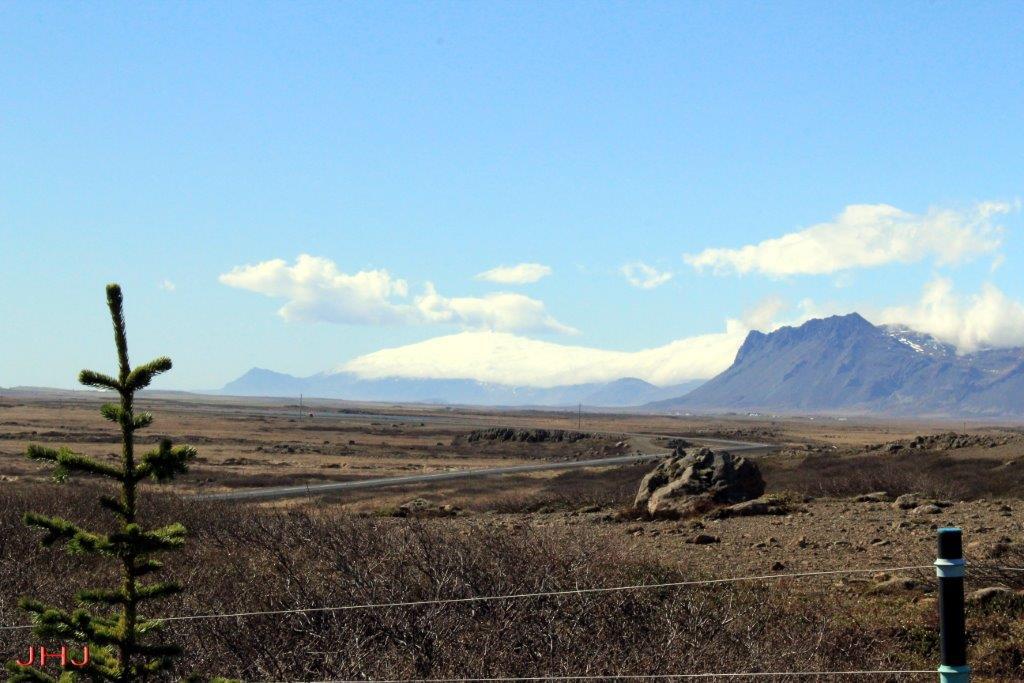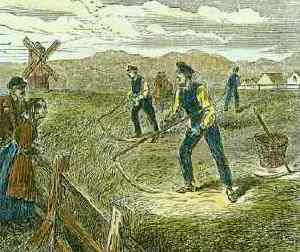A. J. Symington, in 1862, going to an evening that included Icelandic music with two of his friends. The three of them
Tag Archives: A. J. Symington
Why A. J. Symington loves Iceland
The first time I went to Iceland, Finboggi Gudmundsson took me to the farm where my great great grandfather and my great grandfather lived and worked before they left for Amerika. It was one of those fine Icelandic days with no wind off the North Sea, the sky was cloudless, the sun warm. It was the perfect day for making hay and, when we reached the farm, the farmer and his wife were in the hay field. It was the greatest compliment they could give that they stopped haymaking long enough to serve us coffee and cake and have a brief conversation. I walked the beach were my great grandfather Ketill walked, sat on the stone wall where he used to sit. Then we were away and the farmer and his wife were back to the field making the precious hay for their sheep and cows. In 1862 when A. J. Symington goes to Iceland, he stops at Thingvalla. They are treated well by the priest, Mr. S. D. Beck (are any of you descendants of his?). I found Faroe and Iceland in a second hand bookshop, unwanted, unloved, unread. I scooped it up. It was owned originally by a Mr. Edmund Wilford Bulkley, 1880. It has some fine sketches in it. I think I paid $5.00 for it. The author is Andrew James Symington and the book was published in London, in 1862. Symington wants to go to Iceland, that no longer so distant but still fabled place. He thinks that he might try getting to Iceland on a private yacht (if he can find one that is going), to rent a sloop or to get a passage on a mail ship from Copenhagen. The first two are highly uncertain. The third possibility is important. This is 1862, steam ships have appeared and changed everything. They can travel in any weather, they can keep to a schedule, and they are relatively cheap. These are the reasons ten years later that our ancestors were able to leave Iceland in large numbers. It was actually possible to plan. He sees an ad in the Times for the Danish mail-steamer  Posted in Uncategorized
|
Tagged 1862, A. J. Symington, Arcturus, Bruara, Iceland, Reykjavi, S, Skagi, Snaefellsjokul, Stappen, Thingvall
|
Leave a reply
Posted in Uncategorized
|
Tagged 1862, A. J. Symington, Arcturus, Bruara, Iceland, Reykjavi, S, Skagi, Snaefellsjokul, Stappen, Thingvall
|
Leave a reply
Making Hay, 1862
Wild Times in Reykjavik, 1862


